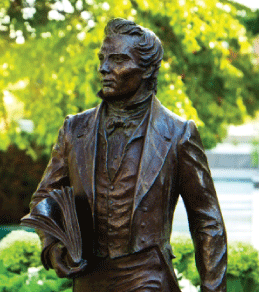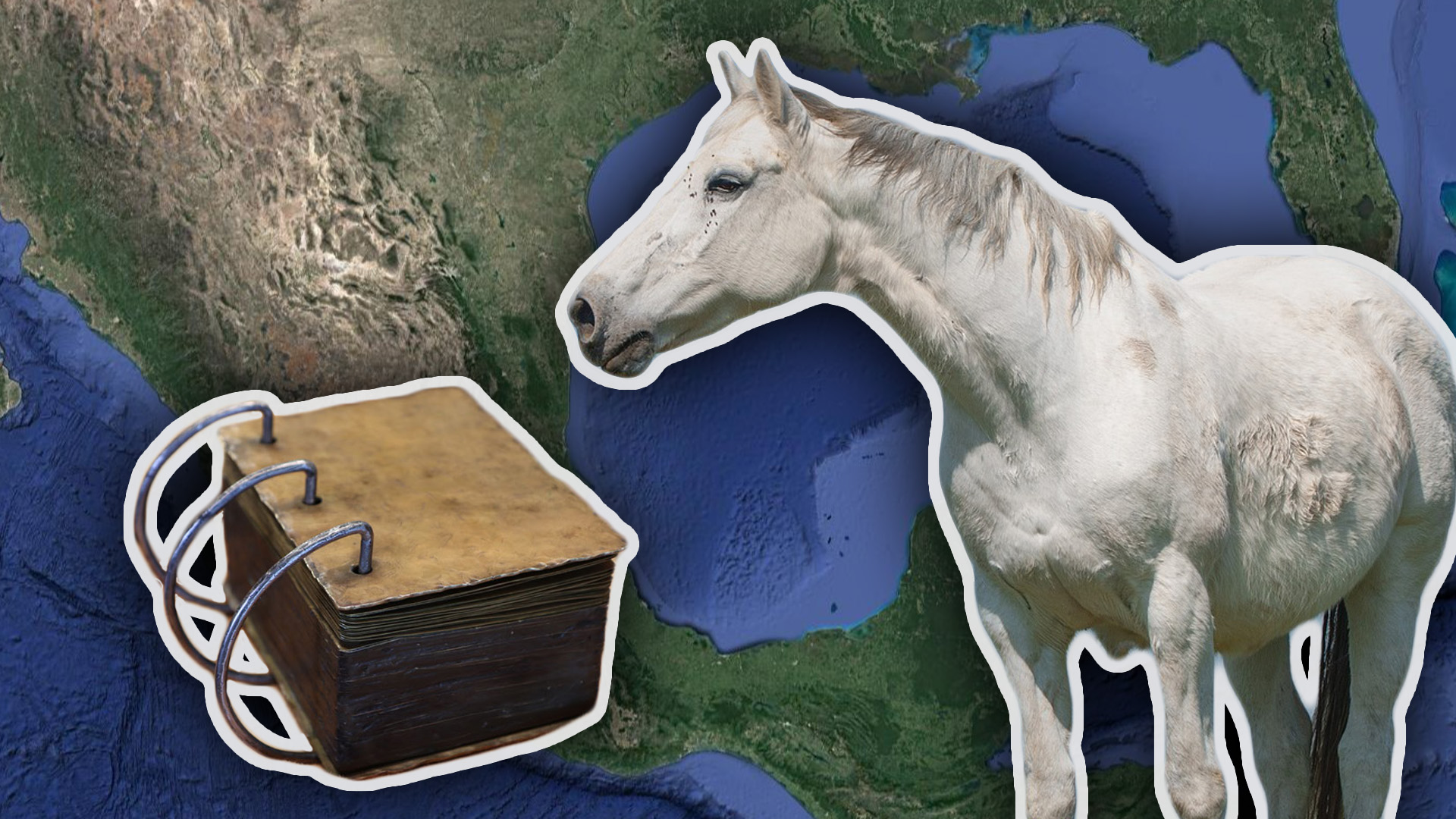dberrie2020
Super Member
I found this article on the web page:
The Book of Mormon and the Ancient Evidence---

 apologeticspress.org
apologeticspress.org
DEWAYNE BRYANT, Ph.D.
"Smith once called the Book of Mormon “the most correct of any book on earth, and the keystone of our religion” (Smith, 1902, 4:461). In the introduction of the Book of Mormon, Smith states that it is “the record of God’s dealings with the ancient inhabitants of the Americas,” which also contains “the fullness of the everlasting gospel.” Any religion centered on a scriptural foundation stands or falls on the accuracy of its sacred text. While the Bible has a wealth of evidence supporting its historical, chronological, and geographical accuracy, the Book of Mormon has been heavily criticized for its inaccuracies. Is the Book of Mormon divine revelation, or is it simply the invention of a gifted storyteller?
One of the problems that plagues the Mormon scriptures is the anachronistic portrayal of various animals in the New World. The most problematic is the portrayal of horses in the Americas in the Book of Mormon, where they appear frequently prior to the age of exploration (1 Nephi 18:25, et al.). Anthropologists are in near-universal agreement that horses had become extinct in the Americas until European explorers reintroduced them to the continent. Scientists have found evidence of horses in the Americas prior to and after the period of time covered by the Book of Mormon, but not during. In addition to a lack of fossil evidence, Bruce MacFaden says, “Their extinction is…suggested by the fact that no horses are known to have been depicted in pre-Columbian art…. Horses were reintroduced into the New World by the Spanish explorers during the sixteenth century” (MacFaden, 1992, p. 3). Janey Dohner notes that the horse was reintroduced to North America by Columbus on his second voyage, while Hernando de Soto reintroduced them to South America in 1539 (Dohner, 2001, p. 313).
Mormon author Diane Wirth dismisses this criticism and points to what she considers evidence of the presence of horses, although her best examples consist of a handful of poorly executed relief carvings and petroglyphs (Wirth, 1986, pp. 52-55). Wirth defends her point by drawing a parallel between the lack of evidence, particularly bone evidence, of horses in the Americas with the lack of evidence of lions in Palestine. She notes: “Today there are no so-called archaeological remains of lions in the land of Israel. Apparently not a bone has been left. Therefore, a lack of skeletal remains of an animal in a particular area does not necessarily mean that the animal was never there” (p. 56). Wirth is correct. If one were to rely purely on skeletal evidence, the existence of lions in Palestine would be nearly impossible to prove. But archaeologists have also discovered numerous reliefs depicting kings hunting lions, lion-shaped artifacts, and numerous references to lions in ancient texts. There is a wealth of evidence attesting to the existence of lions in ancient Israel. There is absolutely no parallel for the existence of horses in America prior to European exploration. This is not to say that the Book of Mormon is wrong because of a lack of evidence–which would be an argument from silence. Rather, it is simply to note that there is an inexplicable lack of evidence where it would be reasonably expected."
The Book of Mormon and the Ancient Evidence---

The Book of Mormon and the Ancient Evidence - Apologetics Press
Mormonism began in 1820, when Joseph Smith, Jr. purportedly received a vision of two heavenly beings claiming that all churches had become corrupted and that their creeds were abominations. Smith’s divinely ordained duty was to restore the one true church. He claimed three years later an angel...
DEWAYNE BRYANT, Ph.D.
"Smith once called the Book of Mormon “the most correct of any book on earth, and the keystone of our religion” (Smith, 1902, 4:461). In the introduction of the Book of Mormon, Smith states that it is “the record of God’s dealings with the ancient inhabitants of the Americas,” which also contains “the fullness of the everlasting gospel.” Any religion centered on a scriptural foundation stands or falls on the accuracy of its sacred text. While the Bible has a wealth of evidence supporting its historical, chronological, and geographical accuracy, the Book of Mormon has been heavily criticized for its inaccuracies. Is the Book of Mormon divine revelation, or is it simply the invention of a gifted storyteller?
One of the problems that plagues the Mormon scriptures is the anachronistic portrayal of various animals in the New World. The most problematic is the portrayal of horses in the Americas in the Book of Mormon, where they appear frequently prior to the age of exploration (1 Nephi 18:25, et al.). Anthropologists are in near-universal agreement that horses had become extinct in the Americas until European explorers reintroduced them to the continent. Scientists have found evidence of horses in the Americas prior to and after the period of time covered by the Book of Mormon, but not during. In addition to a lack of fossil evidence, Bruce MacFaden says, “Their extinction is…suggested by the fact that no horses are known to have been depicted in pre-Columbian art…. Horses were reintroduced into the New World by the Spanish explorers during the sixteenth century” (MacFaden, 1992, p. 3). Janey Dohner notes that the horse was reintroduced to North America by Columbus on his second voyage, while Hernando de Soto reintroduced them to South America in 1539 (Dohner, 2001, p. 313).
Mormon author Diane Wirth dismisses this criticism and points to what she considers evidence of the presence of horses, although her best examples consist of a handful of poorly executed relief carvings and petroglyphs (Wirth, 1986, pp. 52-55). Wirth defends her point by drawing a parallel between the lack of evidence, particularly bone evidence, of horses in the Americas with the lack of evidence of lions in Palestine. She notes: “Today there are no so-called archaeological remains of lions in the land of Israel. Apparently not a bone has been left. Therefore, a lack of skeletal remains of an animal in a particular area does not necessarily mean that the animal was never there” (p. 56). Wirth is correct. If one were to rely purely on skeletal evidence, the existence of lions in Palestine would be nearly impossible to prove. But archaeologists have also discovered numerous reliefs depicting kings hunting lions, lion-shaped artifacts, and numerous references to lions in ancient texts. There is a wealth of evidence attesting to the existence of lions in ancient Israel. There is absolutely no parallel for the existence of horses in America prior to European exploration. This is not to say that the Book of Mormon is wrong because of a lack of evidence–which would be an argument from silence. Rather, it is simply to note that there is an inexplicable lack of evidence where it would be reasonably expected."

